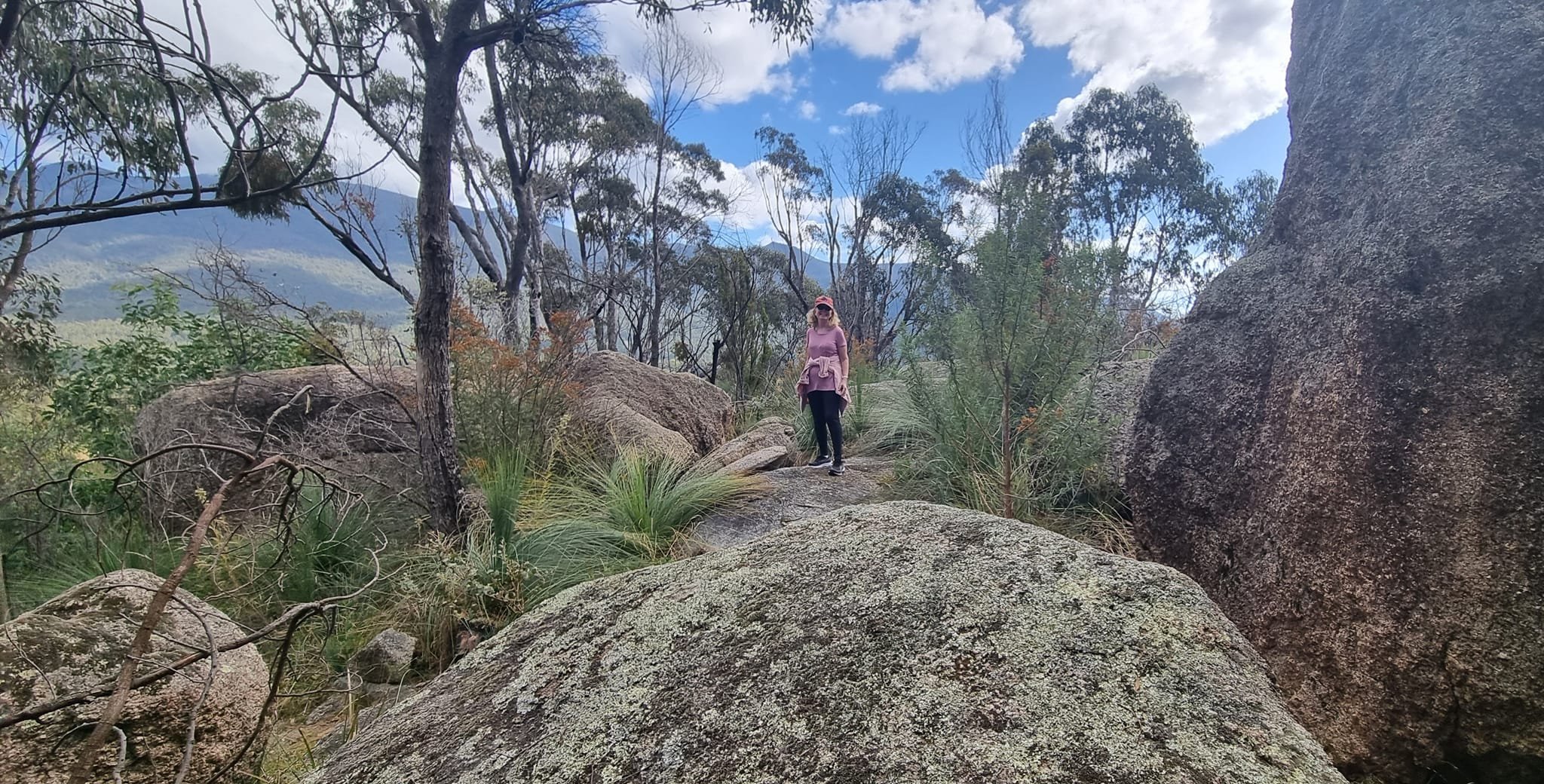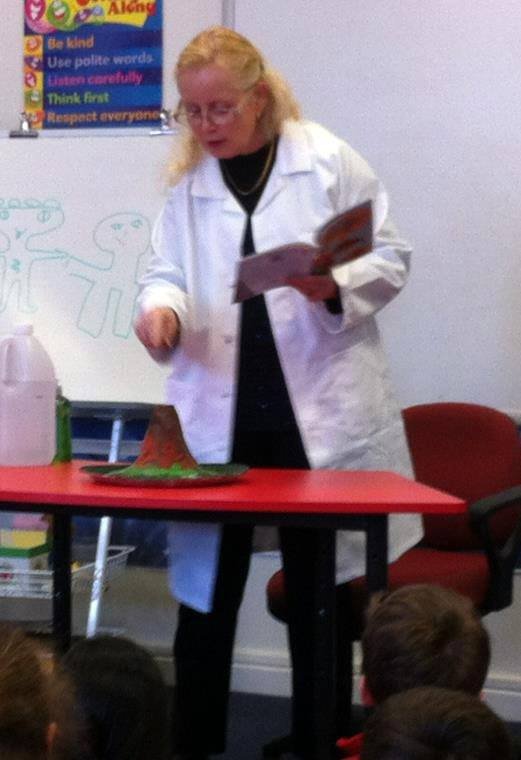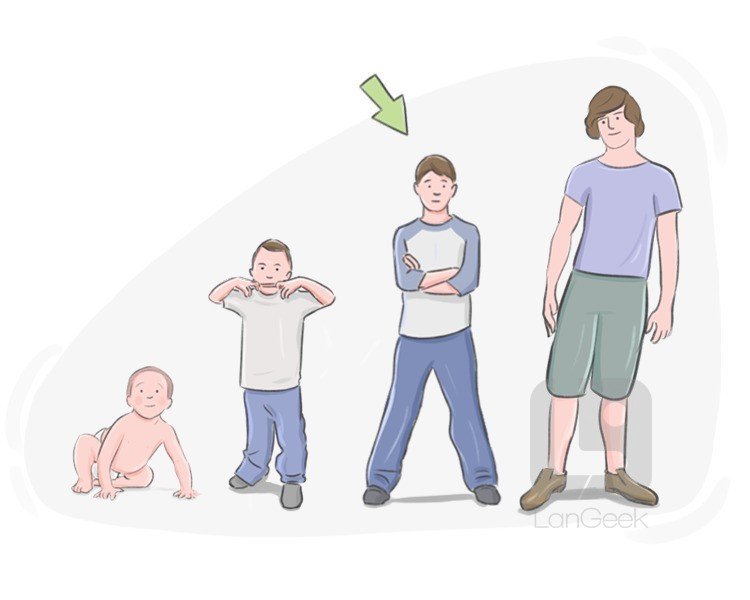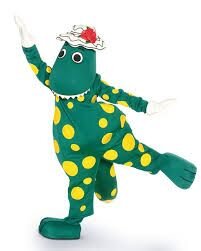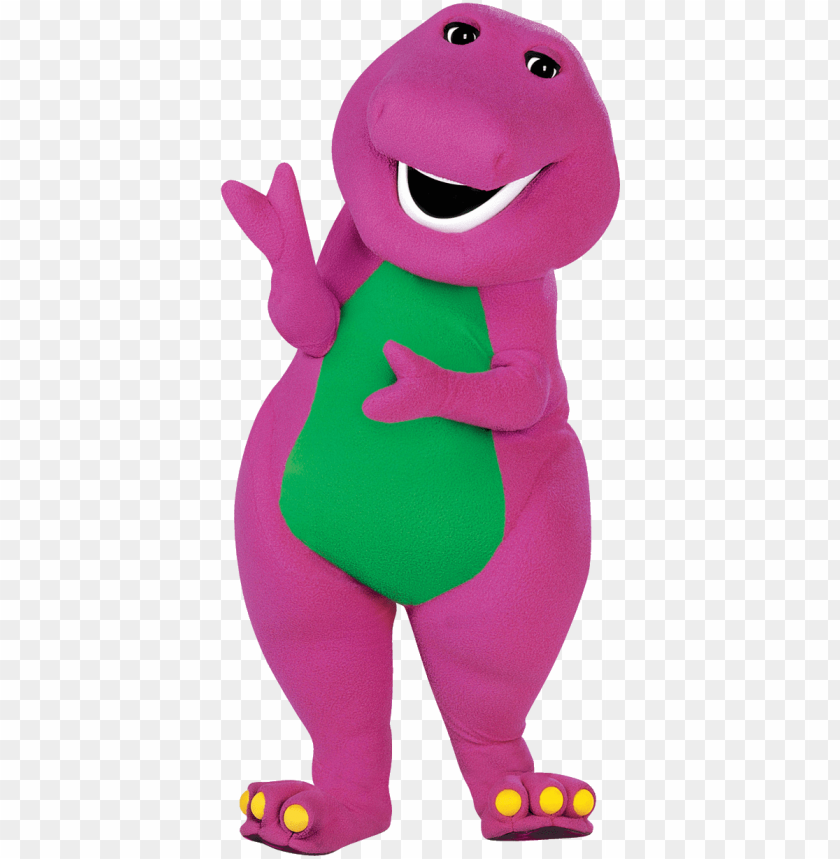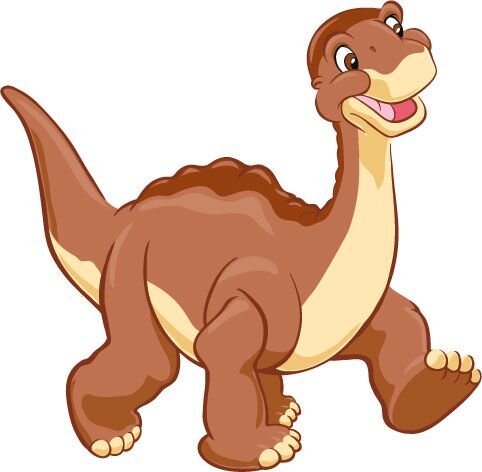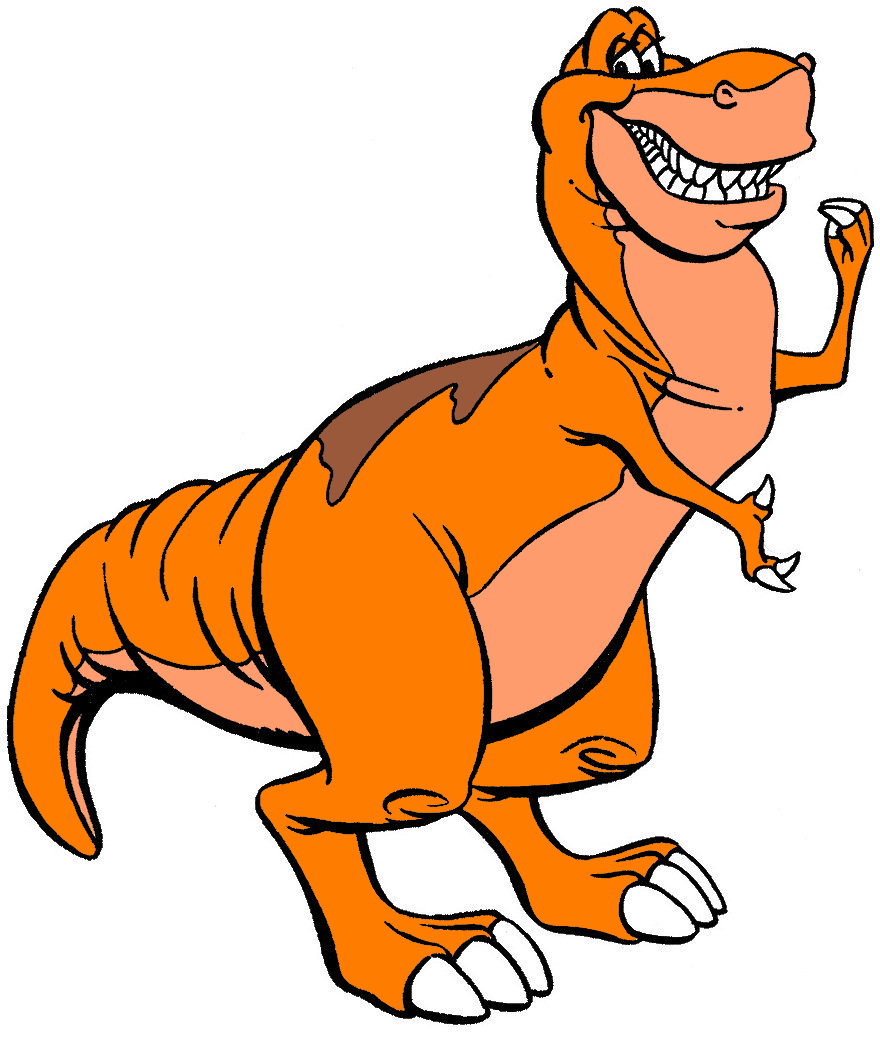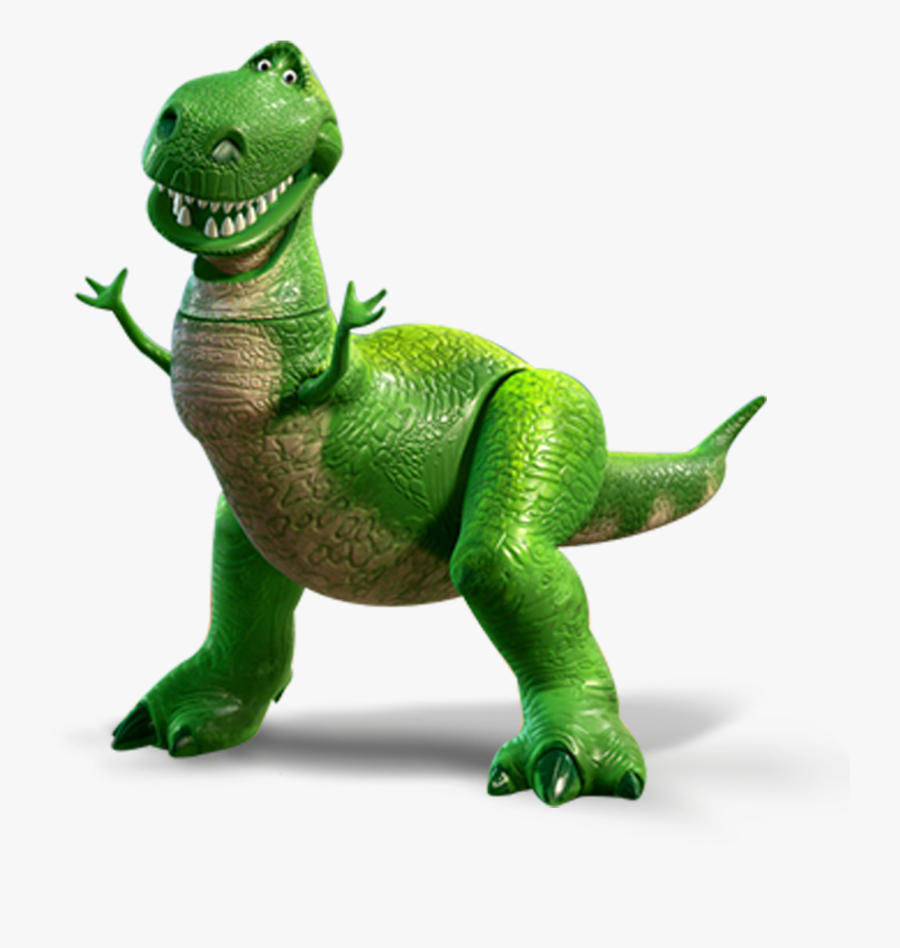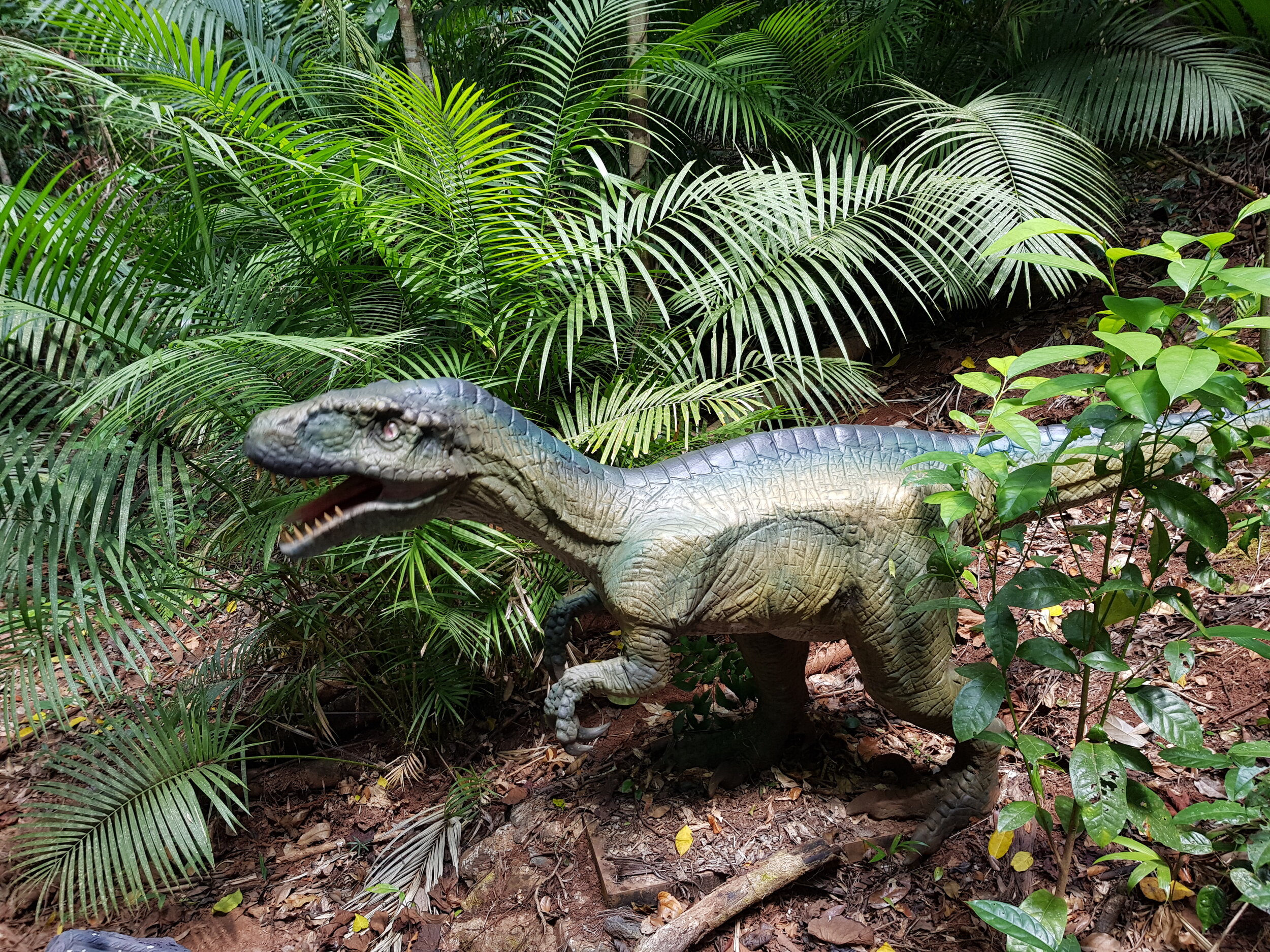Teaching resources for a children’s book are often part of the package. They are an essential resource to use in the classroom when reading with students for an holistic and educational response to the book. Teachers appreciate resources that cover every part of the curriculum and when they find these readily available are more likely to select your book for use. Often authors take this for granted.
Here on my website you will find resources available for Fossil Frenzy, A Lighthouse in Time and Frazzled Freya. I have had the resources for Dragons Drumming and now Tracks in the Mist, ready for some time, however I am still waiting for my website manager, my son, to get around to setting up their pages. It seems you can’t get good tech support these days when it’s free. Haha.
In the meantime, for those teacher/librarians who may wish to take advantage of the resources for Tracks in the Mist, I am posting them here. These are with great thanks to Romi Sharp from Just Write For Kids On an Educational Hike with Tracks in the Mist who spent much time reading, researching and planning these activities for me.
Tracks in the Mist the Adamson Adventures 4
Middle grade readers will be gripped with their sturdiest hiking boots in this mysterious, intrepid mission to save more than one beloved creature. Tracks in the Mist is the highly-anticipated finale in the Adamson Adventures series by Sandra Bennett for readers from age eight to twelve (and beyond). Today we will explore a few ideas to incorporate into your lessons following your reading, including English, Science/STEAM, Sustainability and Visual Arts. So, let’s get tracking!
Discussion
Before Reading: Ask students to recall the story of the Adamson siblings and their adventures so far. What do you think Tracks in the Mist might be about? What does the cover make you wonder?
After Reading:
Where did the story take place? Are you familiar with this area? Locate the area on a map.
What did you learn about the characters? Were any of their behaviours surprising, predictable, or unexpected?
How did the findings of the captive animals make you feel?
What is the main lesson or messages the author is intending to portray?
What is your favourite part, and why?
Has this book inspired you to learn more and act on wildlife conservation practices? Why, and how will you go about it?
Activities
For ages 8 to 12.
English
Character Profile
Years 3 & 4 English: AC9E3LA02 AC9E3LA06 AC9E3LA07 AC9E3LA08 AC9E4LA08 AC9E4LA11
Years 5 & 6 English: AC9E5LA08 AC9E5LE03 AC9E5LE04 AC9E5LE05 AC9E6LE05
Create a character profile sheet about one of the main characters, Luke, Clare or Zac, or Zoe the Demon Duck of Doom. Include adjectives, fun facts and a picture. Think about the way they speak/act, their impact on others and what they look like.
Persuasive Writing
Years 3 & 4 English: AC9E3LA03 AC9E3LA04 AC9E4LA03 AC9E4LA04 AC9E4LA09 AC9E4LA12 AC9E4LE02 AC9E3LE03 AC9E4LE03 AC9E3LE05 AC9E4LE05 AC9E3LY06 AC9E3LY07 AC9E4LY06 AC9E4LY07
Years 5 & 6 English: AC9E5LA04 AC9E6LA08 AC9E5LE04 AC9E5LE05 AC9E6LE05 AC9E5LY03 AC9E5LY06 AC9E5LY07 AC9E6LY06 AC9E6LY07
Choose the viewpoint of either the siblings or the researchers and write a persuasive text either arguing for or against the need to study a prehistoric creature, such as the Demon Duck of Doom or the Thylacine (Tasmanian Tiger), if you were to come across one in the wild. Include an introductory paragraph with their opinion, supporting arguments and a conclusion to sum up their reasoning.
STEAM (Science, Technology, Engineering, Art, Mathematics)
Animal Study and 3D Model
Years 3 & 4 Science: Biological sciences: AC9S3U01 AC9S4U01 AC9S4H01 AC9S3H02 AC9S3I01 AC9S4I01 AC9S3I02 AC9S4I03 AC9S3I04 AC9S4I04 AC9S3I05 AC9S3I06 AC9S4I06
Years 5 & 6 Science: Biological sciences: AC9S5U01 AC9S6U01 AC9S5H01 AC9S6H01 AC9S5U04 AC9S5H02 AC9S6H02 AC9S5I01 AC9S5I02 AC9S6I02 AC9S6I03 AC9S5I04 AC9S5I05 AC9S6I05 AC9S5I06 AC9S6I06
Years 3 & 4 Visual Art: AC9AVA4E01 AC9AVA4D01 AC9AVA4C01 AC9AVA4P01
Years 5 & 6 Visual Art: AC9AVA6E01 AC9AVA6D01 AC9AVA6C01 AC9AVA6P01
Cross-curriculum priority – Sustainability: SS2 SW1 SD1 SD2 SD3
Additional information on the animals from Tracks in the Mist the Adamson Adventures 4.
Students research and write / draw about their favourite animal from Tracks in the Mist (refer to the index ‘About the Animals’), including our present-day wildlife. Find out about its characteristics, special abilities, habitat, food, breeding, and so on.
Students can:
Write and complete a detailed diagram about the animal’s life cycle.
Research and write a report / chart / slideshow all about their chosen animal, including interesting facts and information, a map of their location, and photos and pictures.
Make a 3D sculpture of their animal using natural or recycled/upcycled materials.
Find out conservation methods to ensure the survival of their animal (or what has been done in the past).
Share their findings and encourage sustainability and wildlife conservation practices amongst the community.
Animal tracks from Tracks in the Mist the Adamson Adventures 4.
Animal Tracks
Students study different animal tracks with the following activities:
Refer to the index of Tracks in the Mist: ‘Animal Tracks’ for a list of species and their footprints. Discuss what you notice. Compare the shapes, sizes and patterns of the tracks.
Copy sets of these tracks and play ‘Snap’ or ‘Memory’ and identify the correct animal with the picture.
Make your own tracks using toys or tools in sand, playdough or dirt. Ask a friend to guess the animal.
Visit your local garden or park and hunt for animal tracks on the ground. Observe and predict what animal made the tracks. Sketch or photograph your findings.
Do you use teaching resources supplied by authors in your classroom? Do you find them helpful?
As an author, do you supply teaching resources for your books?

















